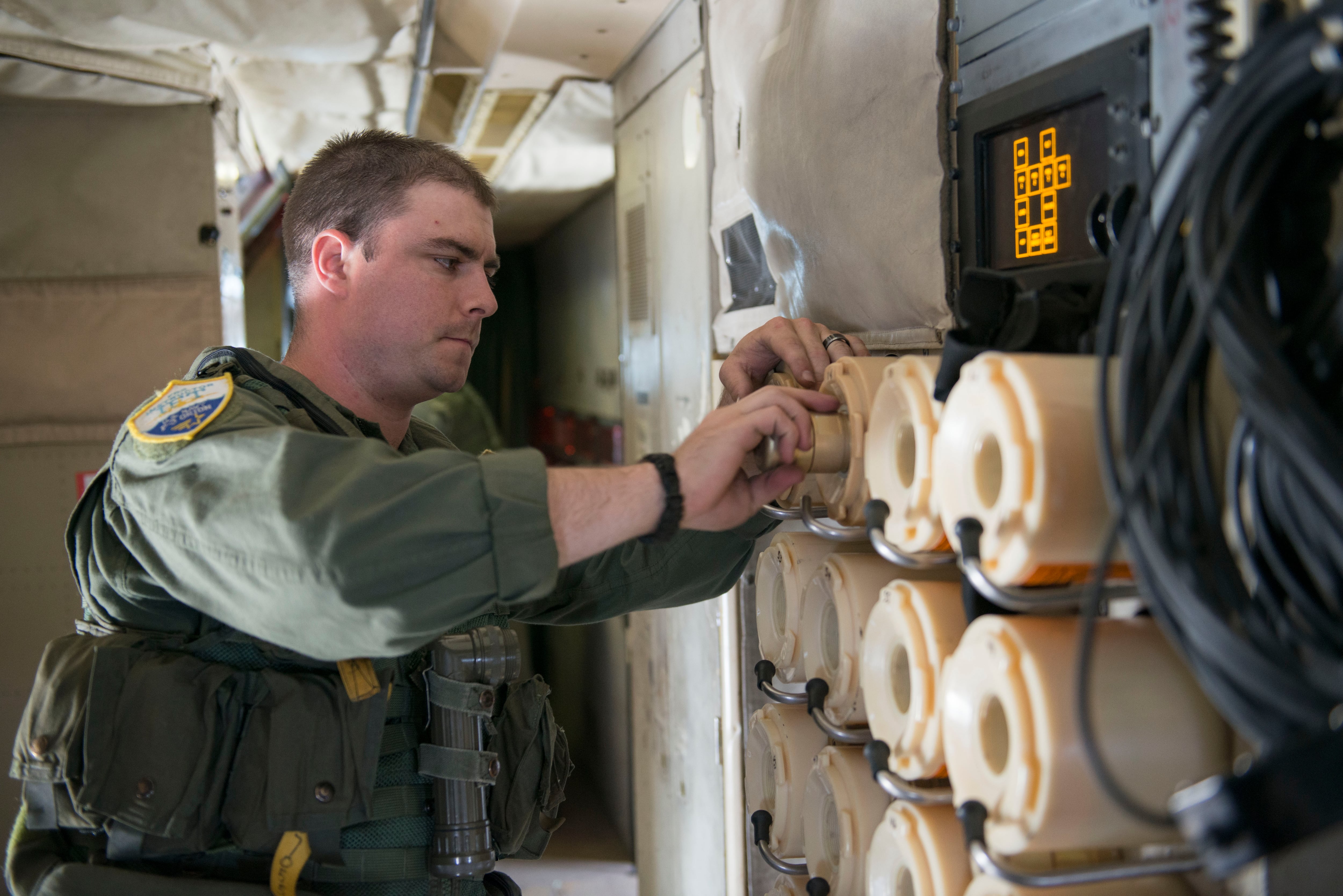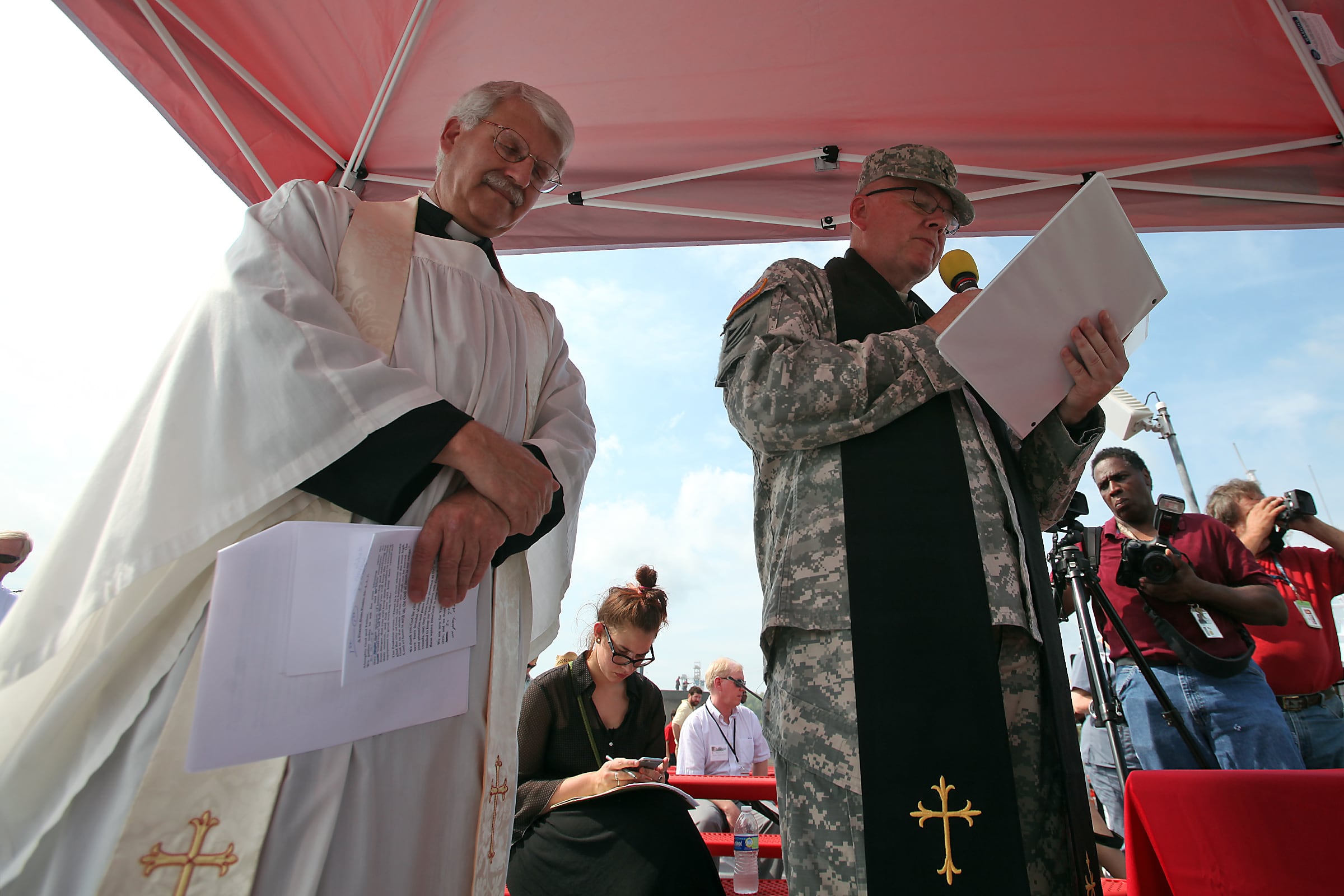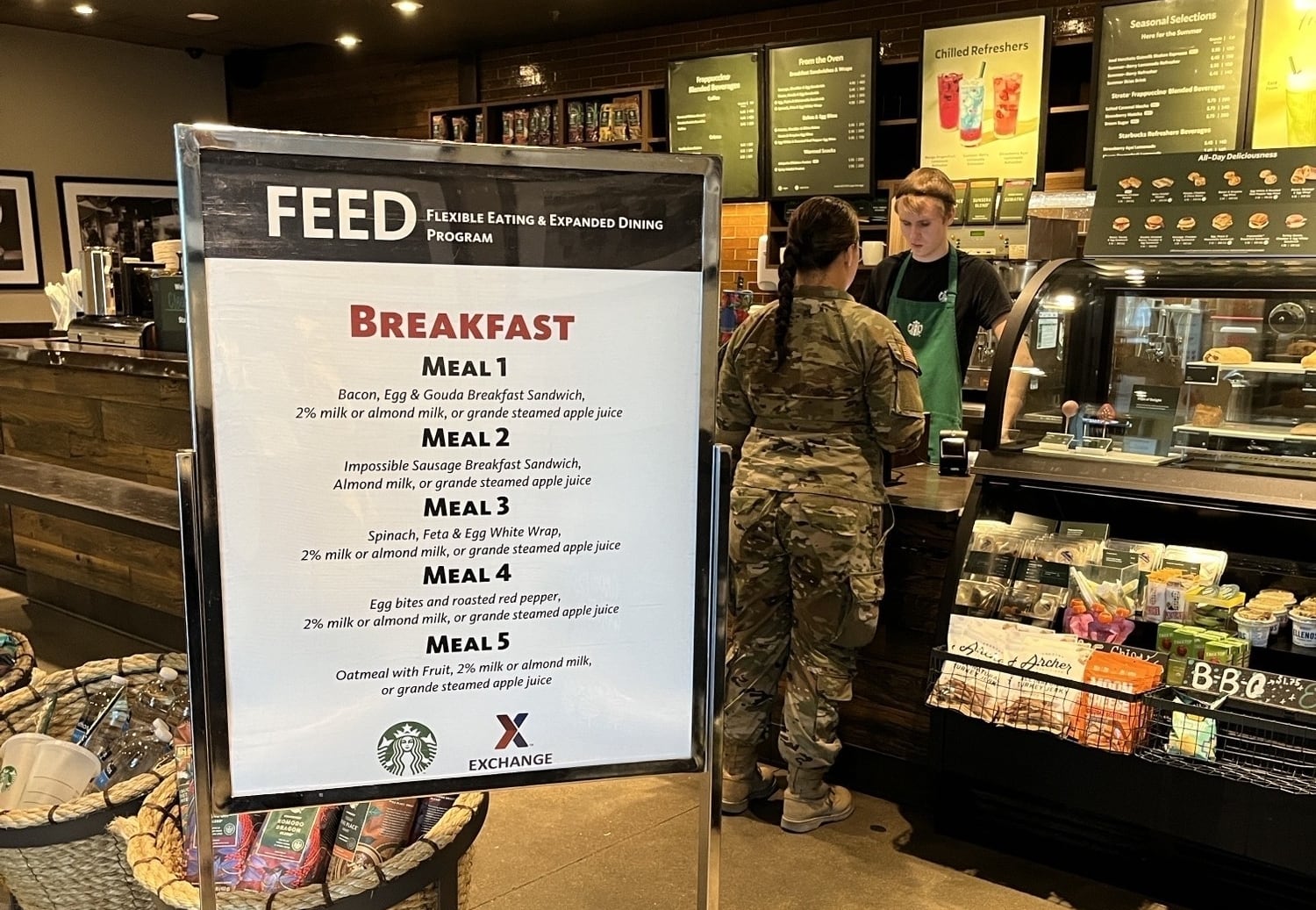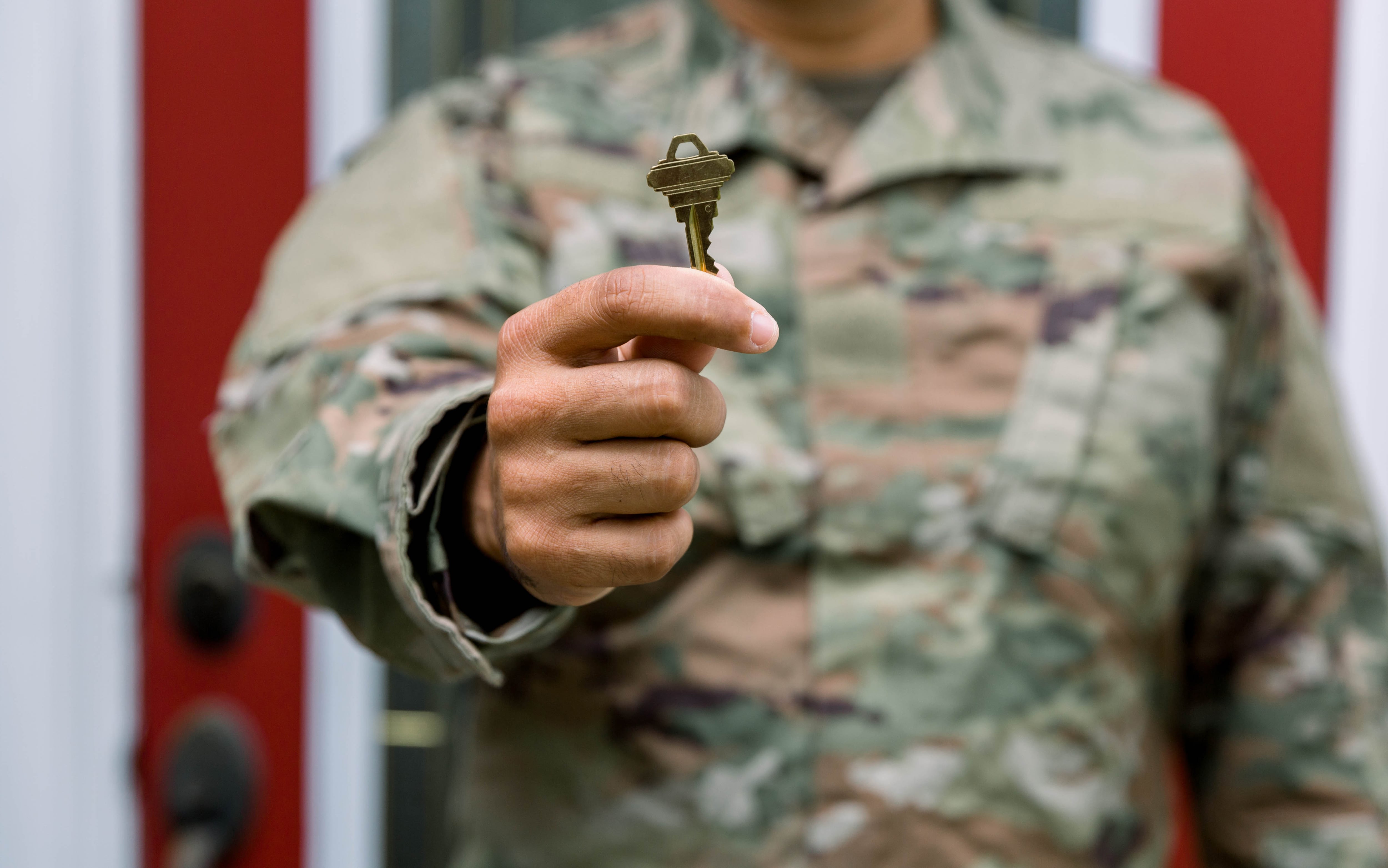With the P-3 Orion to P-8 Poseidon transition in full swing and expected to be completed by sometime in 2019, Navy officials are now working through options for two naval aircrewman ratings whose patrol squadron jobs will be rendered obsolete by the new technology. working to decide the way ahead for two enlisted jobs that are going away in the process because of advances in technology.
At risk are more than 620 P-3 sailors in both the aircrewman mechanical and aircrewman avionics ratings, who will have career decisions to make over the next five years.
"With the P-8, you get that 'new car' capability off the shelf, where increases in technology allow us to do the mission with fewer crew members," said Rear Adm. Kenneth Whitesell, the assistant commander of Navy Personnel Command for career management.
"But at the same time, we're still flying the P-3, so we'll need sailors with those [Navy Enlisted Classifications] all the way out to the winter of 2019."
Those choices are outlined in NavAdmin 008/215 Released Jan. 8.
In a Jan. 7 interview, Whitesell said the community managers and detailers for both ratings are working to ensure there's enough sailors in these two ratings to hand in hand to make sure the service has both enough of these two ratings to crew the P-3s until they're sundowned end — and ensuring these sailors have viable career paths either as well.
As a result, officials have come up with a short-term plan for both, while starting a deep look at whether these ratings will be viable in the future and could make more changes down the road.
WhitesellWhittles said the first step for these sailors will be to contact their detailer one year prior to their current rotation date — or at their squadron's transition conference, which happens a year before the transition is supposed to start.
Because of the need for these skills for the next five years, there will continue to be billets in the P-3 community for some time to come and sailors could be offered another P-3 billet if available.
Others could transition to another NEC within the AWF or AWV ratings and serve in another type model series aircraft, while doing similar work. and do much the same work on other aircraft.
The options will be different depending on the rating and NEC, but Whitesell said the Navy put a lot of thought in these sailors transitions and will plan to work to find solutions that meet aindividual sailor's career goals.

Naval Aircrewman (Avionics) 2nd Class Chris Scott, assigned to Patrol Squadron 30, removes the cartridge actuated device from a sonobuoy on a P-3C Orion. Detailers are working to ensure there are enough AWVs to crew the P-3s while they are still in the fleet.
Photo Credit: MC3 Jason Kofonow/Navy
Conversion to other aircrew ratings is also on the table, as well as returning to their aviation source ratings held before the aircrew ratings were formed over the past decade.
Still, others could find themselves with the option to pull the plug on their Navy careers and get an early out of the remainder of their contracts.
More than half of the impacted sailors come from the aircrewman mechanical rating — known as AWFs — where 367 sailors, 57 percent of that rating,, or 367,of the sailors in that rating are qualified P-3 flight engineers with the Navy Enlisted Classification of 8251 known as P-3 Flight Engineers.
The sole enlisted in a P-3 cockpit crew, they monitor all the aircraft's flight systems and assist the pilots in the flying of the aircraft.
These sailors have the opportunity to stay in similar jobs if they convert to the C-2 Greyhound or the E-6 Mercury aircraft. Each community has been successful in absorbing already experienced flight engineers into their squadrons.
In the aircrewman avionics rating, the 257 sailors with the 9402 P-3C in-flight technician NEC make up 45 percent of all AWVs. They , too, will have limited opportunity to ply their existing skills on other aircraft, too. And Many of these sailors are being asked to consider switching to the aircrewman operator rating, which fly in P-3s and P-8s as part of the tactical crew. . AWO's fly in both P-3's and P-8's tracking submarines as part of the tactical crew.
In the meantime, Because so many billets in these two ratings are going away, the head of Naval Air Forces has ordered a long-term study of whether it's viable to keep the AWF and AWV ratings. started a study of the ratings long-term to determine whether there will be enough billets for a proper career progression and that viable advancement opportunity exist to keep the AWF/AWV ratings.
If not, the Navy could option would be to return to the previous aviation maintenance aircrew model. The study and a proposal for the way forward is expected to be done in the spring, with a final decision expected in fiscal year 2016. Spring 2015 and a final decision in how to proceed is expected in Fiscal Year 2016.
Mark D. Faram is a former reporter for Navy Times. He was a senior writer covering personnel, cultural and historical issues. A nine-year active duty Navy veteran, Faram served from 1978 to 1987 as a Navy Diver and photographer.





